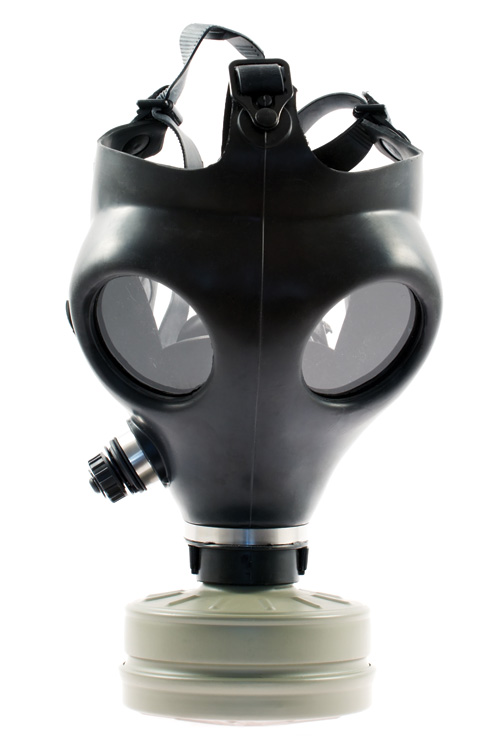 A nuclear meltdown occurs when a nuclear reactor overheats, causing severe damage. Now scientists at Oregon State University are testing a new type of “superhot” nuclear reactor design that operates at temperatures above 2,000 degrees Fahrenheit, about three times as hot as existing reactors.
A nuclear meltdown occurs when a nuclear reactor overheats, causing severe damage. Now scientists at Oregon State University are testing a new type of “superhot” nuclear reactor design that operates at temperatures above 2,000 degrees Fahrenheit, about three times as hot as existing reactors.
BY LINDA BAKER
 A nuclear meltdown occurs when a nuclear reactor overheats, causing severe damage. Now scientists at Oregon State University are testing a new type of “superhot” nuclear reactor design that operates at temperatures above 2,000 degrees Fahrenheit, about three times as hot as existing reactors. The technology is expected to be about 50% more efficient than existing technologies and is also safer, says Brian Woods, an associate professor of nuclear engineering and radiation health physics. “It’s counterintuitive; you’d think hotter is more dangerous,” he says. But because the system is designed to operate at very high temperatures, the chance of a meltdown lessens. The new design, which uses a reactor cooled by helium gas instead of water, will be be tested at a $4.8 million OSU facility to be completed this spring. Supported by grants from the U.S. Nuclear Regulatory Commission, the project may help make high-temperature nuclear reactors a major player in energy production, Woods says, adding that the goal is to produce electricity, hydrogen to power automobiles and steam to heat a building complex. And not to worry: The test facility uses electric heaters instead of a radioactive core. Observes Woods, “We can simulate bad accidents you wouldn’t want to see in the real world.”
A nuclear meltdown occurs when a nuclear reactor overheats, causing severe damage. Now scientists at Oregon State University are testing a new type of “superhot” nuclear reactor design that operates at temperatures above 2,000 degrees Fahrenheit, about three times as hot as existing reactors. The technology is expected to be about 50% more efficient than existing technologies and is also safer, says Brian Woods, an associate professor of nuclear engineering and radiation health physics. “It’s counterintuitive; you’d think hotter is more dangerous,” he says. But because the system is designed to operate at very high temperatures, the chance of a meltdown lessens. The new design, which uses a reactor cooled by helium gas instead of water, will be be tested at a $4.8 million OSU facility to be completed this spring. Supported by grants from the U.S. Nuclear Regulatory Commission, the project may help make high-temperature nuclear reactors a major player in energy production, Woods says, adding that the goal is to produce electricity, hydrogen to power automobiles and steam to heat a building complex. And not to worry: The test facility uses electric heaters instead of a radioactive core. Observes Woods, “We can simulate bad accidents you wouldn’t want to see in the real world.”

